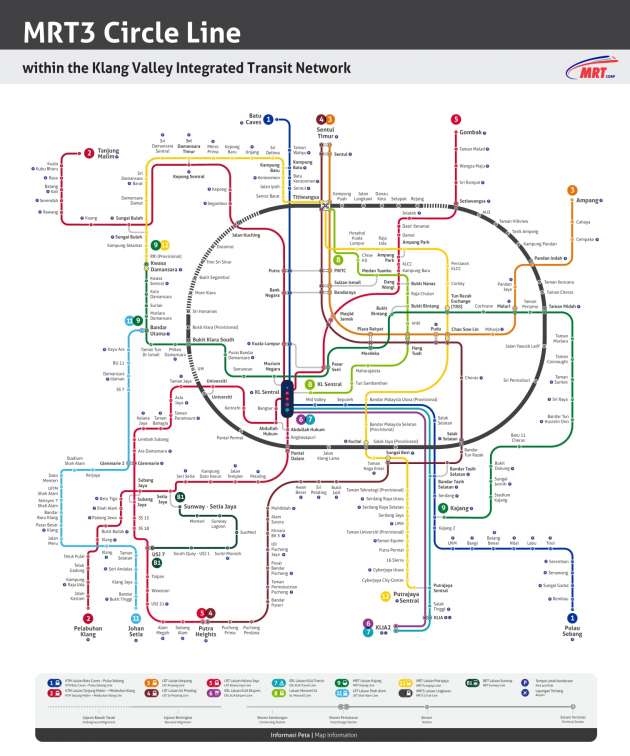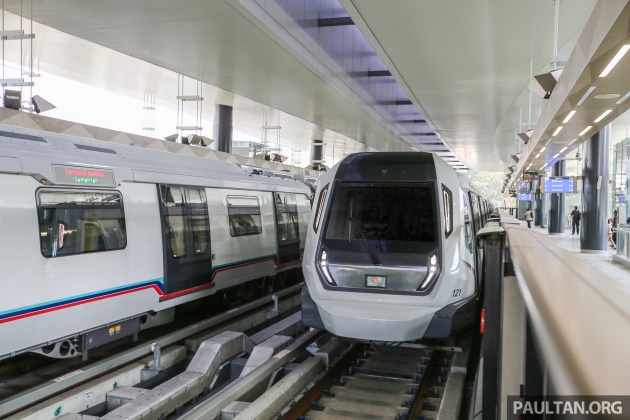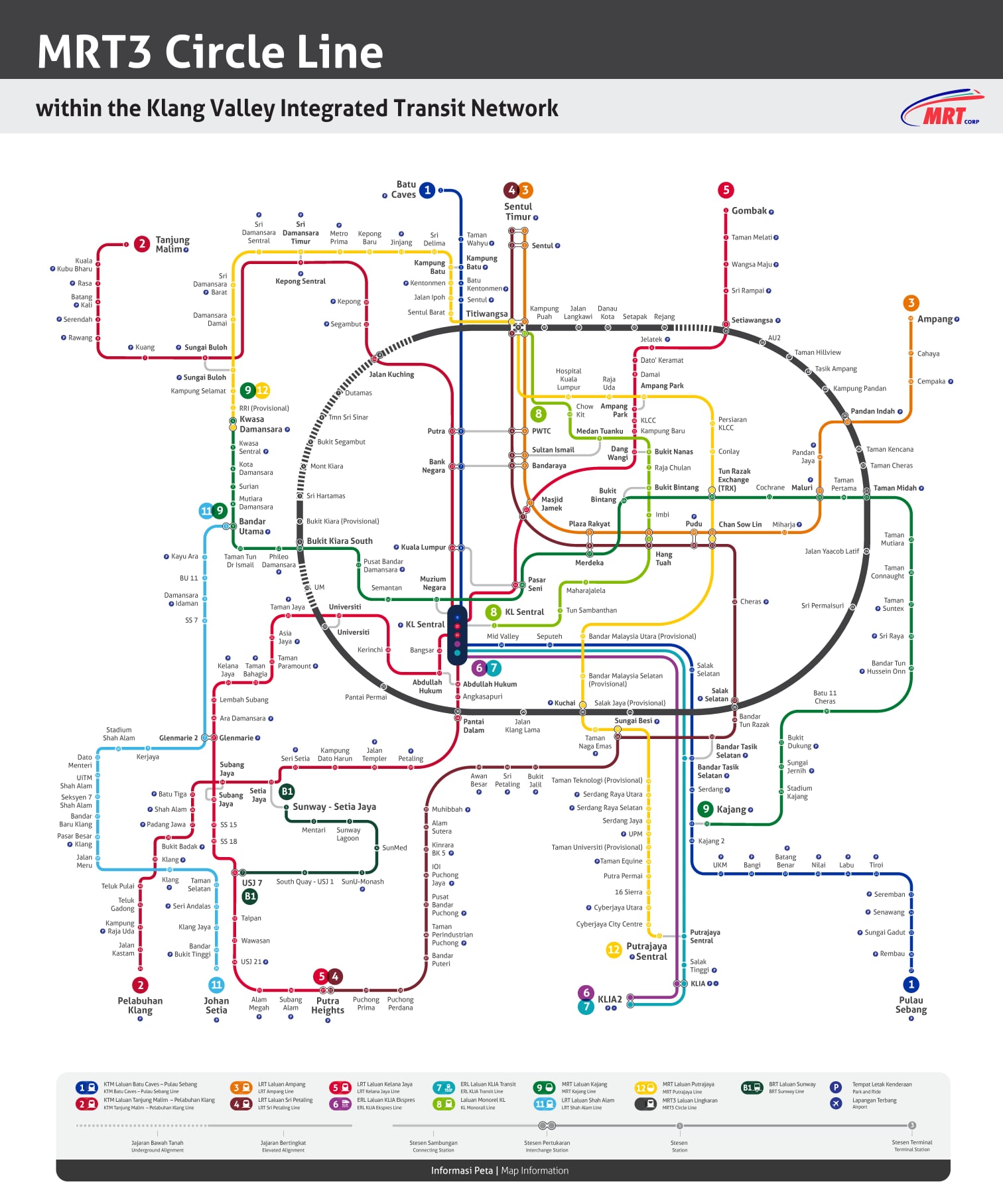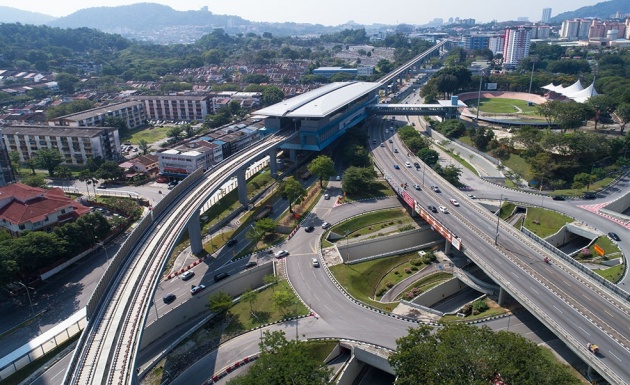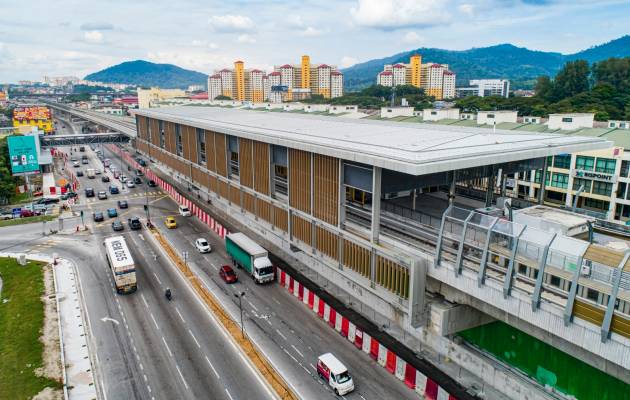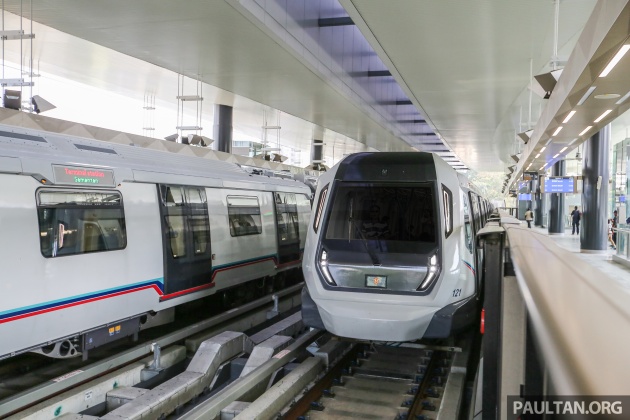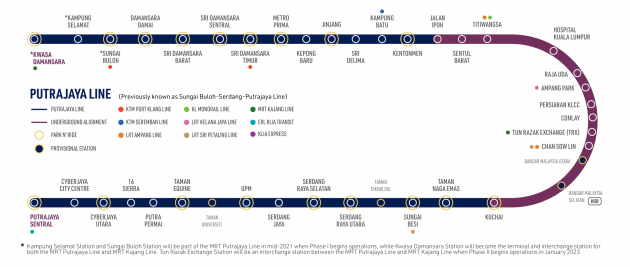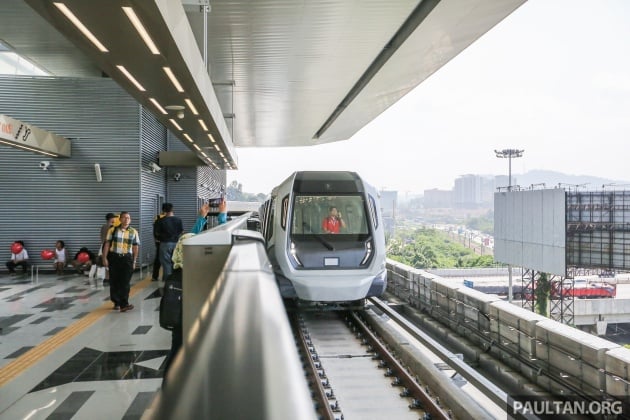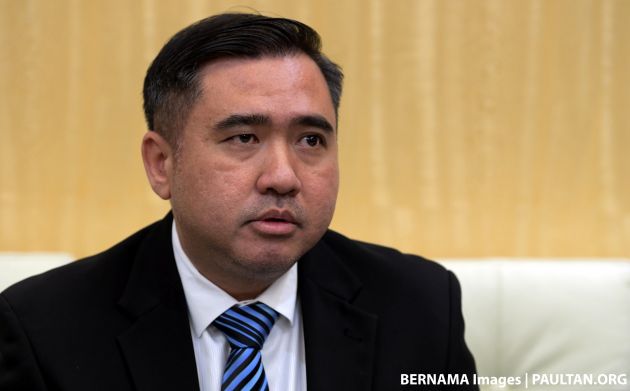The MRT3 a.k.a. Circle Line is a go. The third mass rapid transit line has been formally approved and signed by transport minister Anthony Loke, a big milestone for what should be the finishing piece of Klang Valley’s rail network.
This comes after a Public Inspection (PI) exercise held from September to December 2024, where MRT Corp gathered feedback from the public. “A big thank you to the 45,000 Malaysians who shared their feedback during the Public Inspection — with 93.3% voicing strong support for MRT3!” the company said in a social media post yesterday.
In the list of what’s new, MRT Corp says that there will now be reduced land acquisitions, from 1,012 to 690 lots, and improved station and viaduct placement along the alignment. These were probably based on the feedback from the PI exercise. With the official green light, the next step for the project is land acquisition.
With 10 interchange stations, the 51.6 km MRT3 Circle Line (was previously quoted as 50.8 km) will integrate with existing MRT, LRT, KTM and Monorail lines. The map below was revealed in March 2022, and you can click to enlarge it and study the alignment.
Starting from the Titiwangsa hub in KL heading towards Setapak, the stations are Kampung Puah, Jalan Langkawi, Danau Kota, Setapak, Rejang, Setiawangsa, AU2, Taman Hillview, Tasik Ampang, Kampung Pandan, Pandan Indah and Taman Kencana. The next stretch of stations are in the Cheras area, and they are Taman Cheras (a.k.a. Yulek), Taman Midah, Jalan Yaacob Latif and Sri Permaisuri.
The line then bends towards Salak Selatan, Salak Jaya (provisional), Kuchai and Old Klang Road. The line then enters the Lembah Pantai area, with stations in Pantai Dalam, Pantai Permai, Universiti and UM. The final stretch covers the affluent areas of Bukit Kiara South, Bukit Kiara (provisional), Sri Hartamas and Mont Kiara, before heading to Bukit Segambut, Taman Sri Sinar (near Desa Parkcity in Kepong), Dutamas and Jalan Kuching before coming back to Titiwangsa.
When the map was released, the line was quoted as 50.8 km long, with 10.7 km of that being underground. The underground sections will be from Rejang to Setiawangsa, Universiti to Bukit Kiara South (the UM station is underground) and the long stretch from Sri Hartamas to just after Jalan Kuching station, where the line surfaces. The six stations here are also underground ones.


